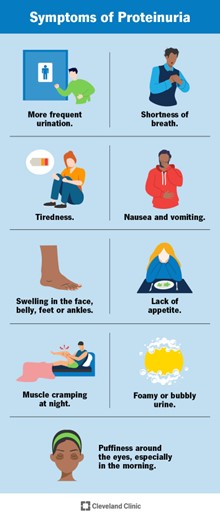Comparison with other types of hypertension during pregnancy
Comparison with other types of hypertension during pregnancy ( 5 Questions)
A nurse is reviewing the chart of a client who has gestational hypertension.
Which of the following findings should the nurse expect to see?
Proteinuria of 2+ is a sign of preeclampsia, a serious complication of gestational hypertension that can affect the mother and the fetus. Preeclampsia is diagnosed by high blood pressure and protein in the urine after 20 weeks of pregnancy.
Gestational hypertension usually begins after 20 weeks of pregnancy, not before.
Blood pressure of 150/95 mmHg is not enough to diagnose gestational hypertension. The blood pressure must be greater than or equal to 140/90 mmHg on two occasions at least four hours apart.
Gestational hypertension does not resolve within 48 hours postpartum. It may last up to 12 weeks after delivery.
The correct answer is choice A. Proteinuria of 2+ is a sign of preeclampsia, a serious complication of gestational hypertension that can affect the mother and the fetus. Preeclampsia is diagnosed by high blood pressure and protein in the urine after 20 weeks of pregnancy.
Choice B is wrong because gestational hypertension usually begins after 20 weeks of pregnancy, not before.
Choice C is wrong because blood pressure of 150/95 mmHg is not enough to diagnose gestational hypertension. The blood pressure must be greater than or equal to 140/90 mmHg on two occasions at least four hours apart.
Choice D is wrong because gestational hypertension does not resolve within 48 hours postpartum. It may last up to 12 weeks after delivery.

